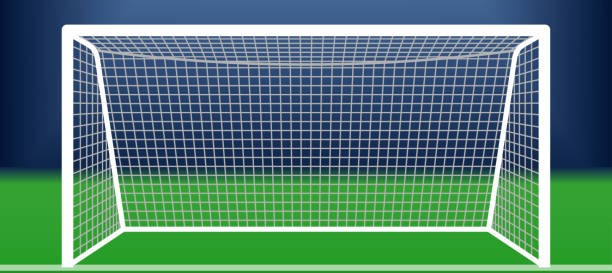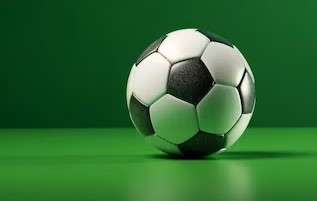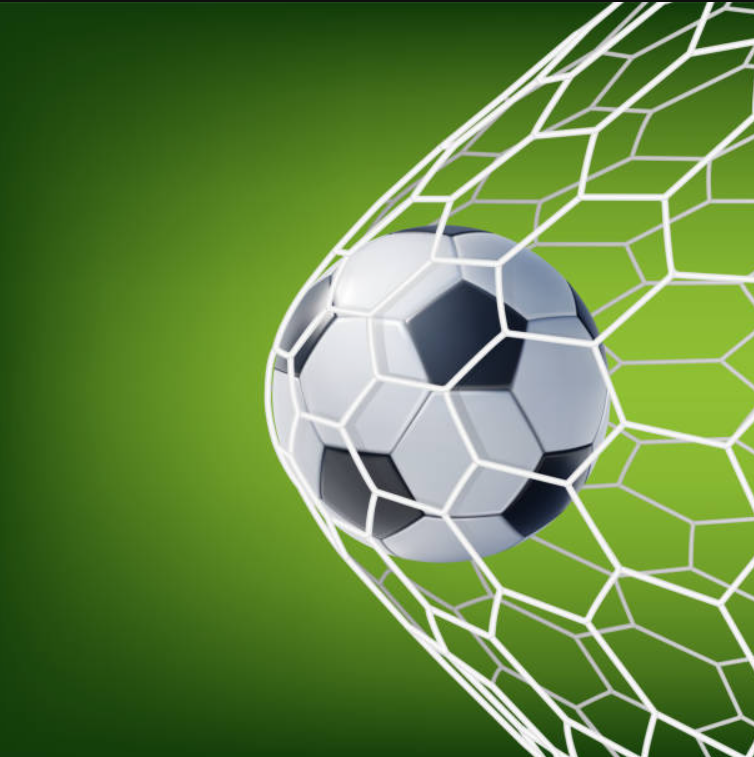













THE LAWS OF FOOTBALL.

Football, governed by 'The Laws of the Game', has a set of 17 rules established by the International Football
Association Board (IFAB). These rules ensure fairness, safety, and consistency in how the game is played across the world.
Here's an overview of the 17 laws:
The Field of Play:
- ▫ The football field must be rectangular and meet specific dimensions.
- ▫ Length: 100-130 yards (90-120 meters); Width: 50-100 yards (45-90 meters).
- ▫ Markings include the halfway line, penalty areas, goal areas, center circle, corner arcs, and goals at each end.
The Ball:
- ▫ The football ball must be spherical, made of leather or other suitable material.
- ▫ It has a standard circumference of 68-70 cm (27-28 inches) and a weight between 410-450 grams (14-16 ounces).
The Number of Players:
- ▫ Each team has a maximum of 11 players on the field, including 1 goalkeeper.
- ▫ A match cannot start or continue if either team has fewer than 7 players.
- ▫ Teams can make a specified number of substitutions (usually 3 to 5 in professional matches).
The Players' Equipment:
- ▫ Players must wear a jersey, shorts, socks, shin guards, and footwear.
- ▫ The goalkeeper must wear colors that distinguish them from the other players, referees, and assistant referees.
- ▫ All items of equipment must be inspected to ensure safety.
The Referee:
- ▫ The referee is the main official responsible for enforcing the Laws of the Game.
- ▫ The referee has full authority to make decisions on fouls, goals, and other aspects of play, as well as issuing
yellow and red cards for misconduct.
The Assistant Referees:
- ▫ Two assistant referees help the referee by signaling offside, ball out of play, and fouls.
- ▫ In higher-level competitions, there are also additional officials such as the fourth official and Video Assistant
Referee (VAR).
The Duration of the Match:
- ▫ A match consists of two halves of 45 minutes each, with a 15-minute halftime interval.
- ▫ If necessary, extra time (usually two periods of 15 minutes) and a penalty shootout can be used to determine
the winner.
- ▫ Injury time (stoppage time) is added at the end of each half to compensate for time lost due to stoppages.
The Start and Restart of Play:
- ▫ The game starts with a kick-off from the center spot. After a goal, play restarts with another kick-off by the team
that conceded the goal.
- ▫ A kick-off also starts each half or extra time period.
- ▫ Other restarts include goal kicks, corner kicks, throw-ins, and free kicks.
The Ball In and Out of Play:
- ▫ The ball is considered out of play when it completely crosses the goal line or touchline, whether on the ground or
in the air.
- ▫ It is in play at all other times, even if it rebounds off a goalpost, crossbar, or match official.
The Method of Scoring:
- ▫ A goal is scored when the entire ball crosses the goal line between the goalposts and beneath the crossbar, as long as
no fouls or infractions were committed during the play.
Offside:
- ▫ A player is in an offside position if, at the moment the ball is played to them, they are closer to the opponent's goal line than both the ball and the second-last opponent, unless they are in their own half.
- ▫ Players are only penalized for being offside if they are involved in active play, such as interfering with an opponent or gaining an advantage.
Fouls and Misconduct:
- ▫ Direct free kick fouls include handling the ball deliberately (except the goalkeeper in their penalty area), tripping, pushing, or striking an opponent.
- ▫ Indirect free kick fouls include dangerous play, preventing the goalkeeper from releasing the ball, or offside infractions.
- ▫ Yellow card: A warning for unsporting behavior, dissent, persistent infringement, delaying the restart of play, or not respecting distance at restarts.
- ▫ Red card: A dismissal for serious foul play, violent conduct, spitting, or receiving a second yellow card. A red-carded player must leave the field and cannot be replaced.
Free Kicks:
- ▫ Direct free kick: The ball can be kicked directly toward the goal. Given for serious fouls.
- ▫ Indirect free kick: The ball must touch another player before a goal can be scored. Given for lesser infractions, such as dangerous play or goalkeeper infractions.
- ▫ All opposing players must remain at least 10 yards from the ball until it is kicked.
The Penalty Kick:
- ▫ A penalty kick is awarded when a direct free kick offense is committed inside the defending team’s penalty area.
- ▫ The ball is placed on the penalty spot, 12 yards from the goal line. Only the goalkeeper and the penalty taker are allowed in the penalty area until the ball is kicked.
The Throw-In:
- ▫ A throw-in is awarded when the ball crosses the touchline (sideline) and is last touched by a player of the opposing team.
- ▫ The throw must be taken with both feet on or behind the touchline, using both hands to deliver the ball from behind and over the head.
The Goal Kick:
- ▫ A goal kick is awarded when the attacking team last touches the ball before it crosses the goal line without scoring a goal.
- ▫ The ball is placed anywhere within the goal area and kicked by a player of the defending team.
- ▫ The ball must leave the penalty area before it is considered in play.
The Corner Kick:
- ▫ A corner kick is awarded when the ball crosses the goal line (without a goal being scored) after being last touched by a defending player.
- ▫ The ball is placed in the corner arc nearest to where the ball went out of play, and it is kicked by a player from the attacking
team.
Additional Concepts:
▫ Advantage Rule: Referees can allow play to continue after a foul if the fouled team is in a favorable position to benefit from the play (advantage).
▫ VAR (Video Assistant Referee): A system that helps referees review decisions related to goals, penalties, direct red cards, and mistaken identity.
These 17 laws form the foundation of football, but they are subject to modifications for youth, amateur, or regional competitions
to ensure safety and fairness.




























